Zurich researchers simulate largest virtual Universe
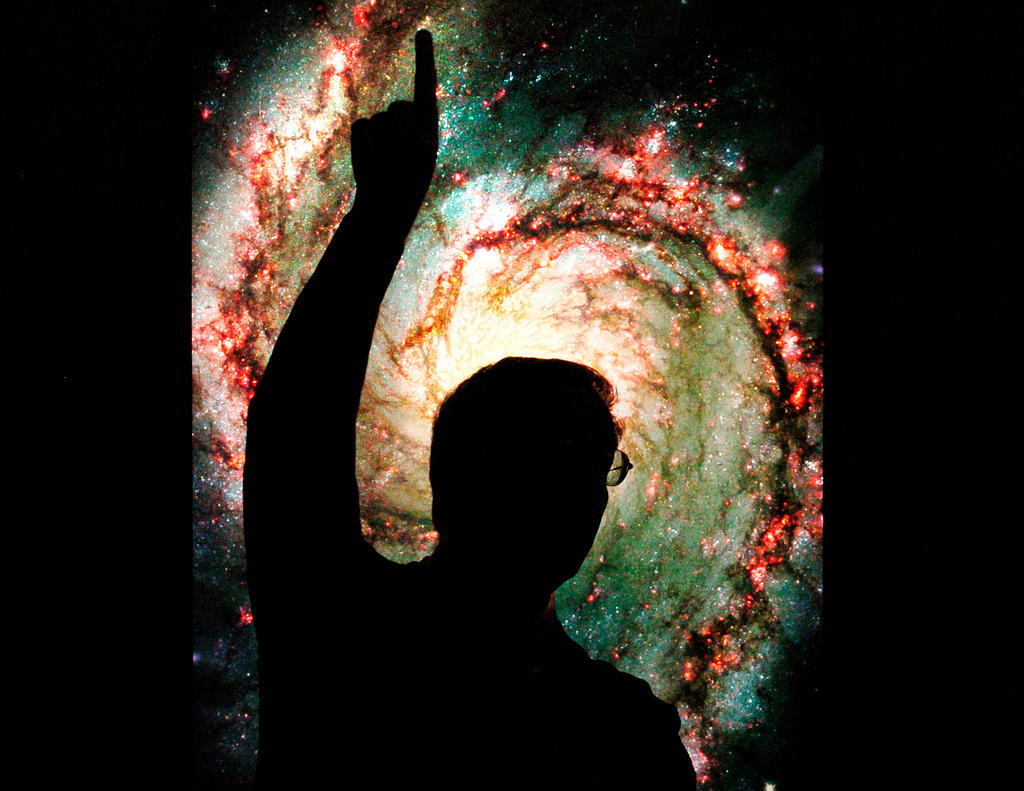
Scientists at the University of Zurich have created a unique computer simulation of the Universe using a supercomputer. The billions of virtual galaxies generated are being used to calibrate experiments on board the Euclid satellite, which is due to be launched in 2020.
Over a three-year period, astrophysicists from the University of Zurich built a virtual universe of two trillion macro-particles representing dark matter and a catalogue of 25 billion virtual galaxies.
The computer simulation ran for 80 hours on the “Piz Daint” supercomputer of the Swiss National Computing Centre, which has a computing power of 7.8 petaflops, or 7.8 quadrillion (1015) mathematical operations per second, the university said in a statement on Friday.
The Zurich team, comprising researchers Joachim Stadel, Douglas Potter and Romain Teyssier, were able to simulate the formation of dark matter halos, in which it is believed galaxies like the Milky Way are born.
The universe is thought to be composed of 23% of dark matter and 72% of dark energy.
“The nature of dark energy remains one of the main unsolved puzzles in modern science,” says Romain Teyssier, UZH professor for computational astrophysics.
The catalogue of simulated virtual galaxies will put to use on board the Euclid satellite, which will be launched in 2020 to investigate dark matter and dark energy.
The Euclid satellite aims to capture the light of billions of galaxies. Astronomers hope to then be able to measure small distortions as light reflects from galaxies encountering invisible dark matter.
The virtual galaxy catalogue created by the research team should help optimize the Euclid experiment and minimize sources of error, before the satellite sets off on a six-year data collection mission.
It is hoped that the Euclid data will not only provide new information about dark energy, but also uncover new physics beyond the so-called standard model, such as a modified version of general relativity or new particles.

In compliance with the JTI standards
More: SWI swissinfo.ch certified by the Journalism Trust Initiative
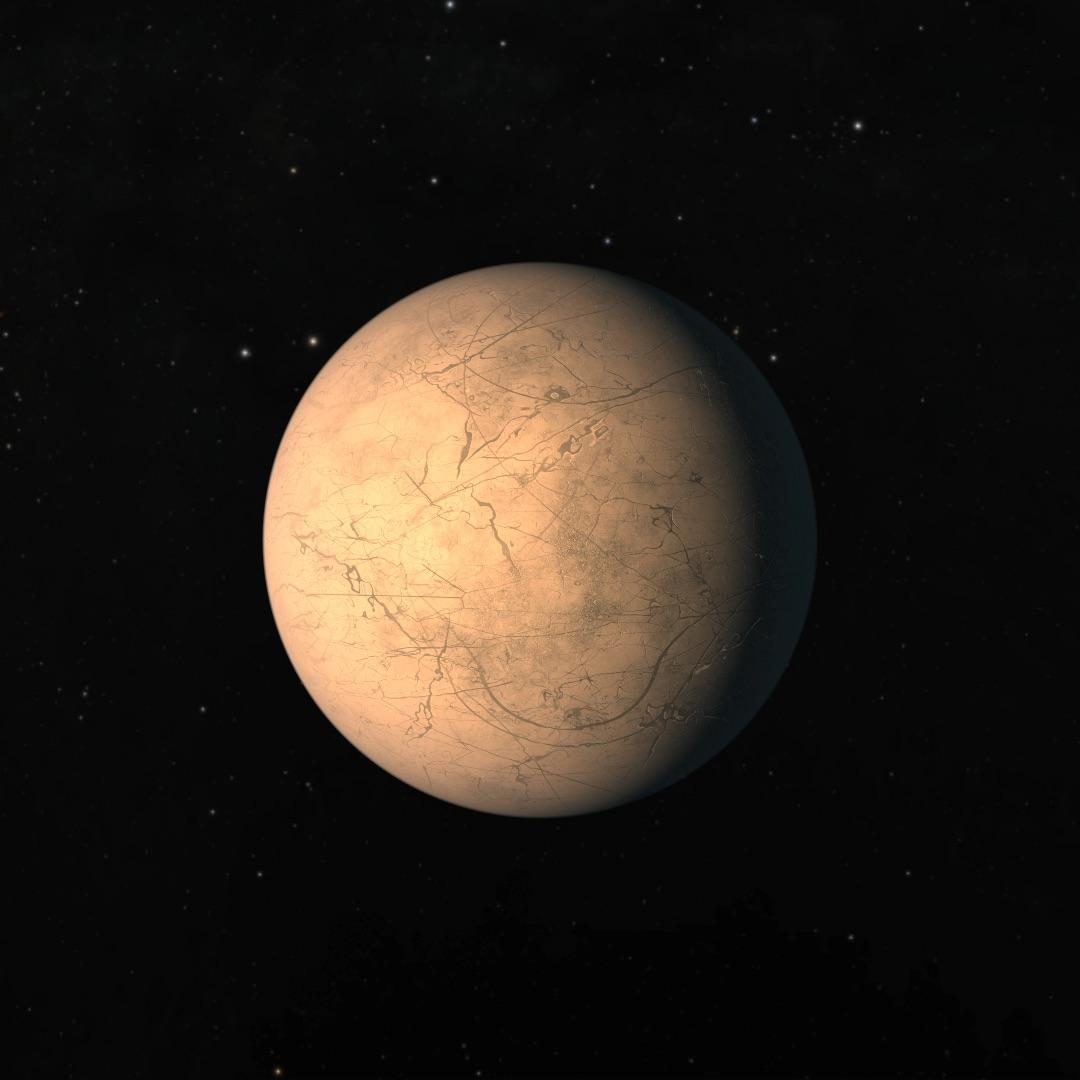
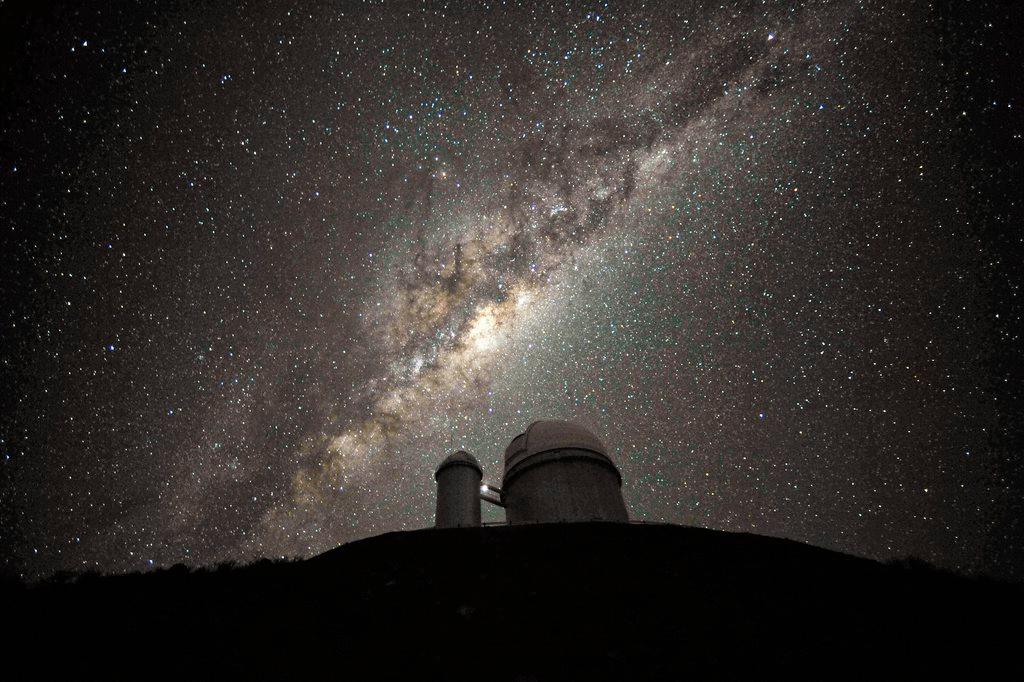
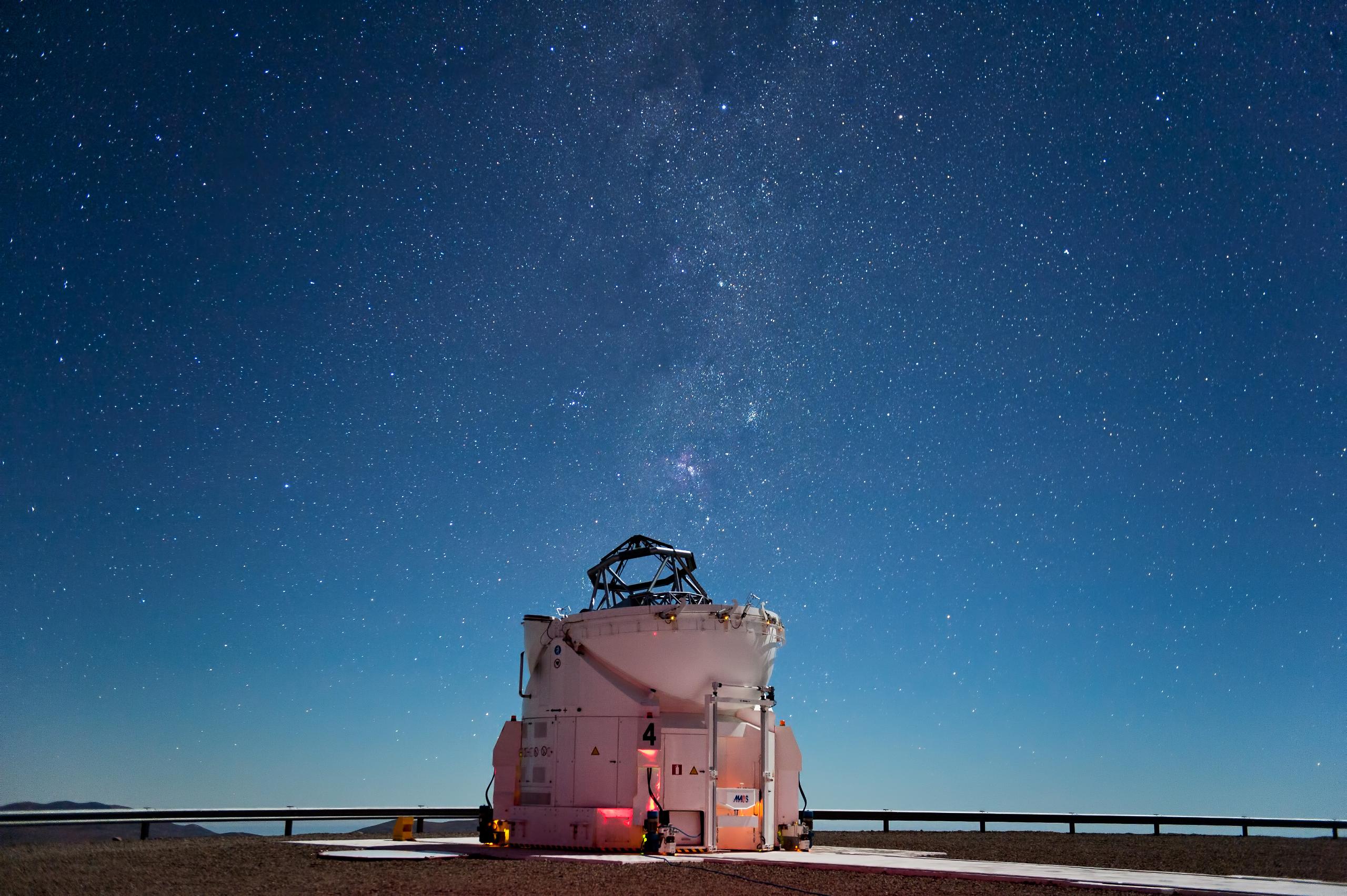
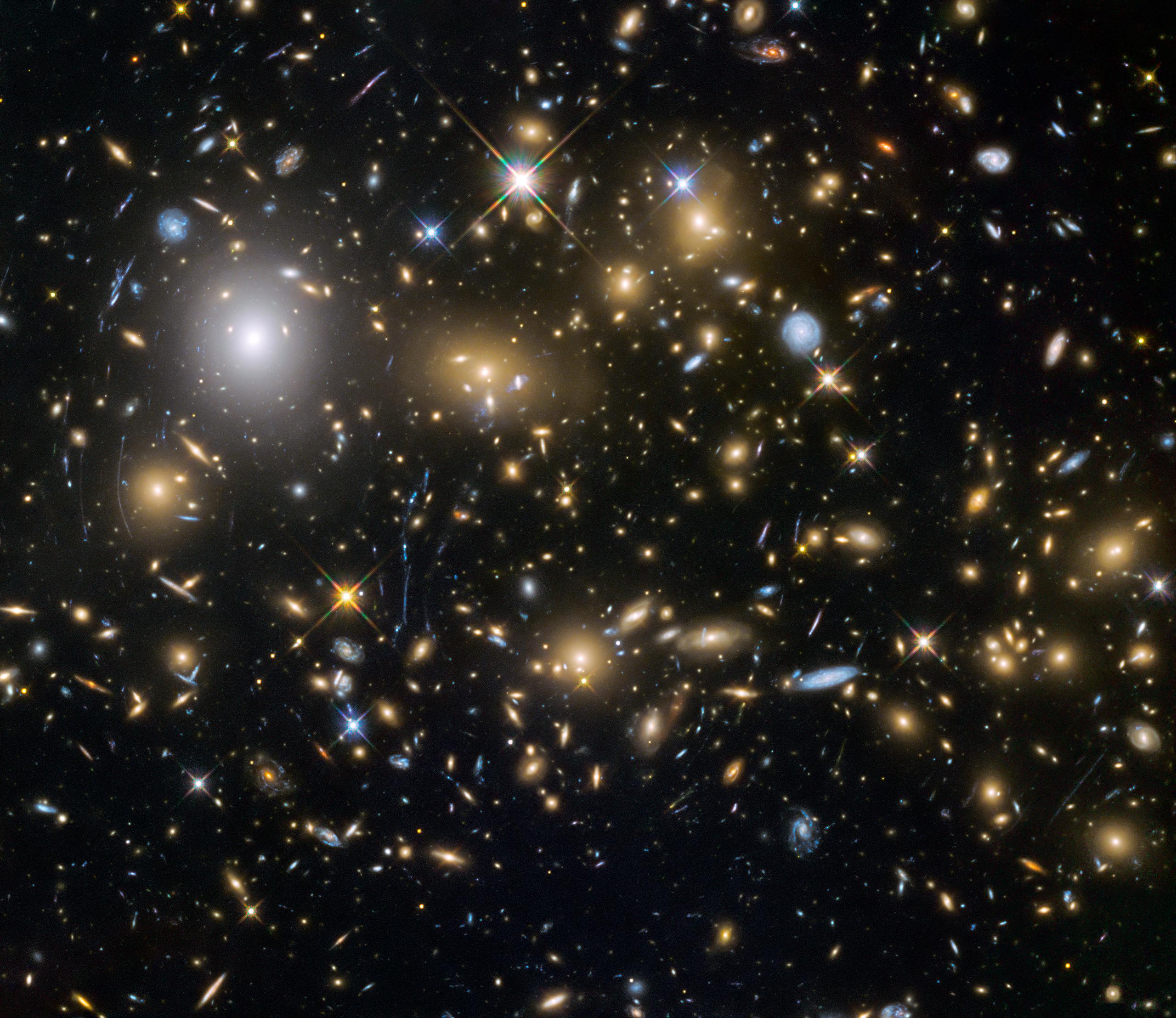
You can find an overview of ongoing debates with our journalists here. Please join us!
If you want to start a conversation about a topic raised in this article or want to report factual errors, email us at english@swissinfo.ch.